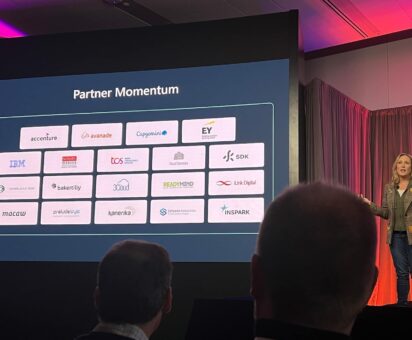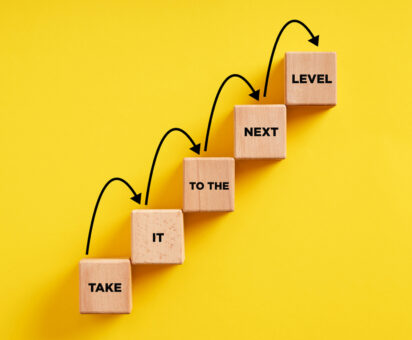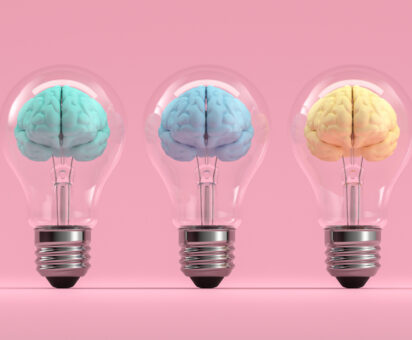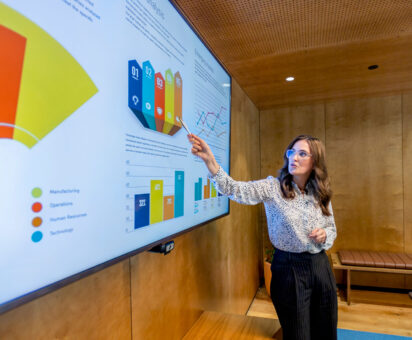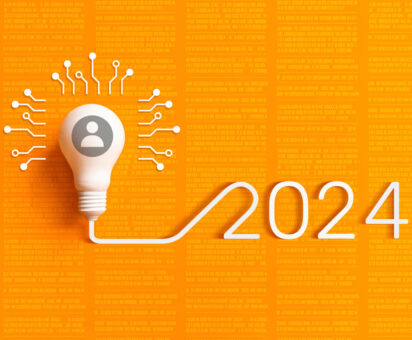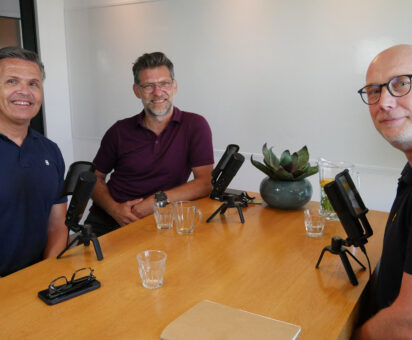Many CMOs are turning to headless CMS as a new form of content management. They have content created centrally only once and then deploy it, optimally adapted, across all channels. Headless CMS is the best choice for anyone seeking to manage the explosion of content and channels with agility an future-proof.
What is headless content management and how can a headless CMS successfully cope with the content explosion in marketing?
Before answering the question “What is headless content management?”, let’s have a look at the day-to-day challenges in marketing. Every day, marketers are faced with the channel and touchpoint explosion. They need to reach people at more and more interaction points and deploy basically identical content such as texts, images, calls to action, etc., duly adapted, on a wide range of digital and conventional channels. For this Herculean task they mostly still use technologies that are not actually designed for this. A typical setup comprises a conventional (monolithic) web content management system (WCMS) wholly geared to website content management; an e-commerce system for the webshop or webshops; one solution for app content, one for the newsletter or newsletters, and various solutions for social media etc. In each system backend, content managers look after content which is subsequently presented in their own frontend of the solution (website, webshop, etc.). Content source and content display are closely linked in the system silo.
No multiple application of content: 43% of all content is created for one specific channel.
A recent Sitecore study expresses the problem in figures: content is mostly (43%) created for a specific channel or copied to and fro (which is no better). For instance, one team creates content relating to a new product for the website only while another does so only for the webshop, and yet other colleagues work out this content only for the app or only for the POS. And this is usually done for lots of countries or regions, in dozens of languages. The whole exercise gets more complex with each additional channel and each piece of content. Not really a smart and scalable approach.
Results of conventional content management with numerous content silos
- pointless duplication
- hardly any collaboration or synergies
- heavy internal workload for coordination, clarification, searches
- inefficient use of resources
- slow processes
- much time and effort spent on a multi-channel approach
Headless CMS: efficient multi-channel content management
Headless content management is mainly targeted at marketers and companies that communicate through multiple channels. A headless CMS decouples presentation at the frontend (website, web app, webshop, digital signage, etc.) from content created at the backend. A headless CMS breaks down the rigid system architecture of conventional CMS solutions and creates a new kind of content management with a content hub at the center which makes content available for all channels and touchpoints. Essentially, in headless CMS content is always provided structure- and format-neutral. Components such as headings, blocks of text, photos with captions, product descriptions. calls to action, links etc. are input independently from the eventual presentation. The components are not patterned or fixed in a particular format. They are composed into a page only in the relevant frontend template: on the website as a web page, in the webshop as product information, etc.
Headless CMS and API-first for maximum marketing flexibility
APIs are used for deployment. This also makes it possible to supplement the content displayed with additional components (e.g. adding images via the digital asset management system or product information from the product information management system). The APIs connect the content components centrally available in the content hub or the headless CMS backend with flexibly definable and shapable frontends. In this way, new channels, as yet unknown, can be linked in swiftly in a standard manner and be utilized on the basis of the central content base. There is no need to program individual interfaces. The developers work out a flexible digital experience framework for a specific channel and the content experts can fully focus on optimally adapting central content for this specific purpose. Once particular content has been created, it can thus be deployed across systems and channels. This also represents a significant step towards state-of-the art MACH infrastructure which is the basis for composable business.
Headless CMS: advantages over conventional CMS
Headless CMS offers considerable benefits to companies that communicate through many channels and languages. The advantages increase with each channel and with growing complexity, commercially for time-to-market and customer experience but also for the work of the marketing team and developers.
Central content management in one place: a headless CMS or a content hub is a central location where companies can pool all content. It introduces structure to the content cosmos and establishes an integrated process, both for internal content and for content provided by partners, agencies and external systems.
Future-proof as regards technology, channels, content: CMOs and CIOs need to be able to quickly respond to changes on the market and at touchpoints. New platforms such as Instagram and TikTok rapidly develop into mass media that must be taken seriously. New business models and digitized products require quick adaptation of marketing sales strategies and concomitantly also content and touchpoints. Need to sell products through 3D videos in the Metavers Store or use AI to create advertising text from structured product data for the website or webshop? Headless makes it all posssible. A headless CMS platform with a central content hub and API-first approach ensures marketing agility.
Rethinking content: The future of user experience is personalized. Increasingly, the aim will be to create and expand fine-meshed content for highly specific target groups. Marketers who have to centrally create such personalized content only once and are then able to provide it comprehensively to the right target groups have a distinct advantage thanks to headless CMS.
Unity makes strength: The centralised provision of content entails considerable savings on typical “resource guzzlers”. When it is no longer necessary to spend time on duplicating content, copy&paste, alignment, etc., there will be more time to work together on story telling, personalization, analysis, optimization, etc. in the content hub.
Macaw: your partner for an outstanding digital experience with headless CMS
See how you can take a great leap forward towards marketing agility, cost savings and customer experience excellence through a modern headless CMS and/or a comprehensive MACH architecture. Macaw’s over 400 digital experts love challenges. Our record of success includes hundreds of successful projects in web content management, B2B commerce and digital marketing. Macaw has for many years been a solid implementation partner of Sitecore which offers leading headless CMS solutions providing a perfect basis for building your composable digital experience platform.
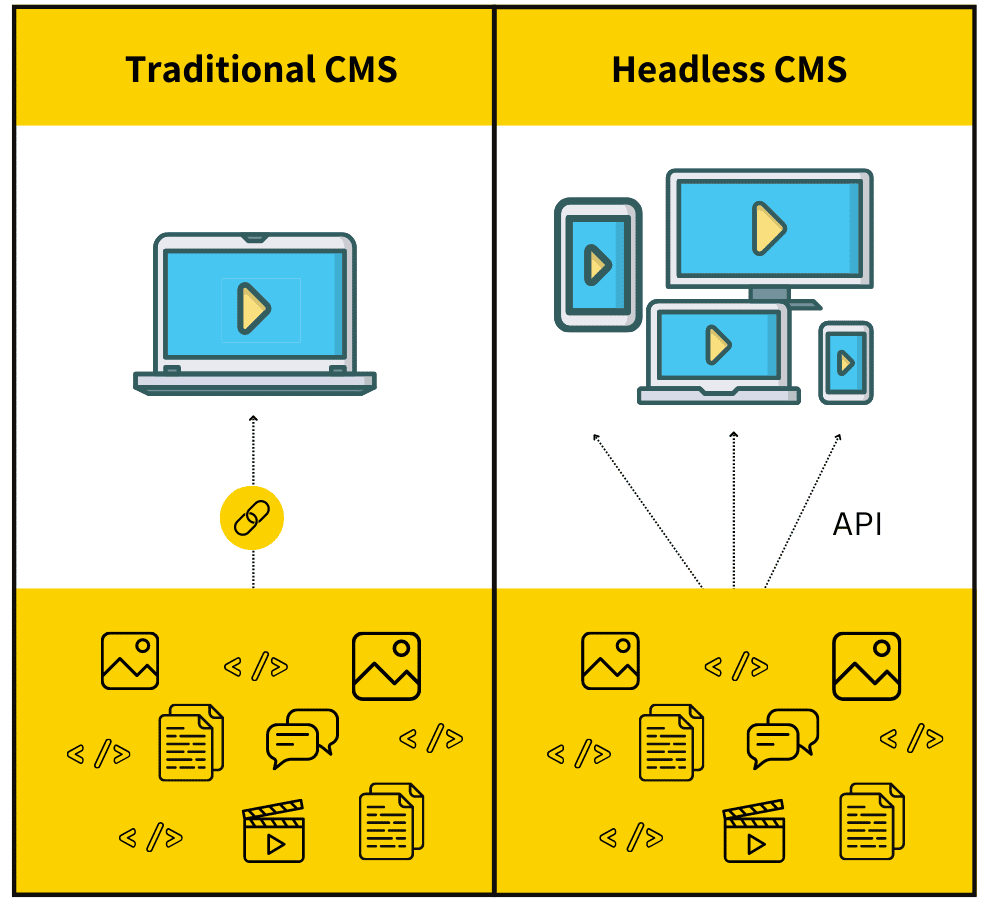
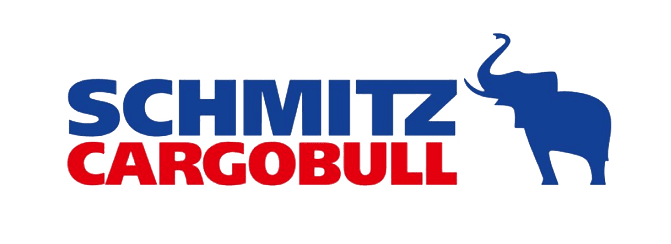
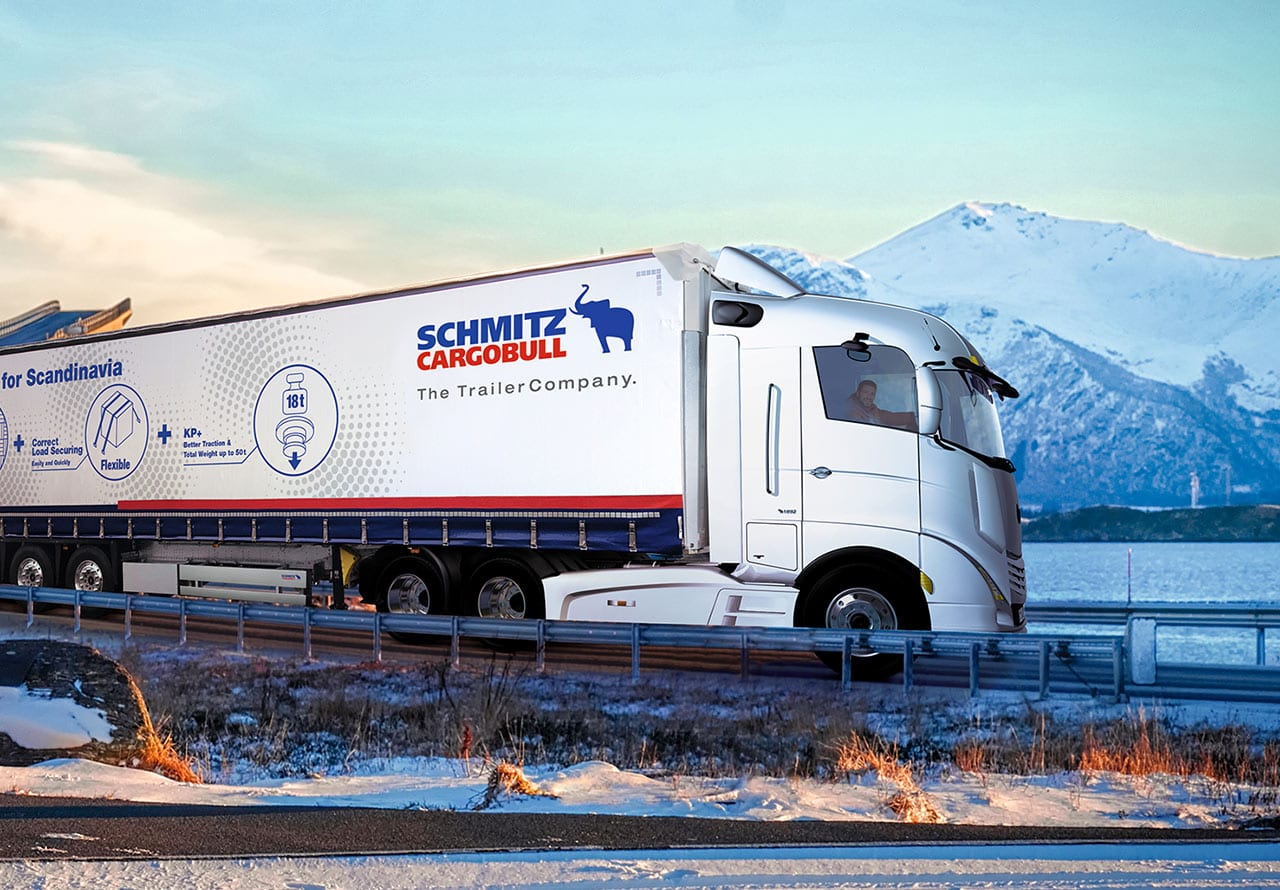
 Data-driven marketing
Data-driven marketing

